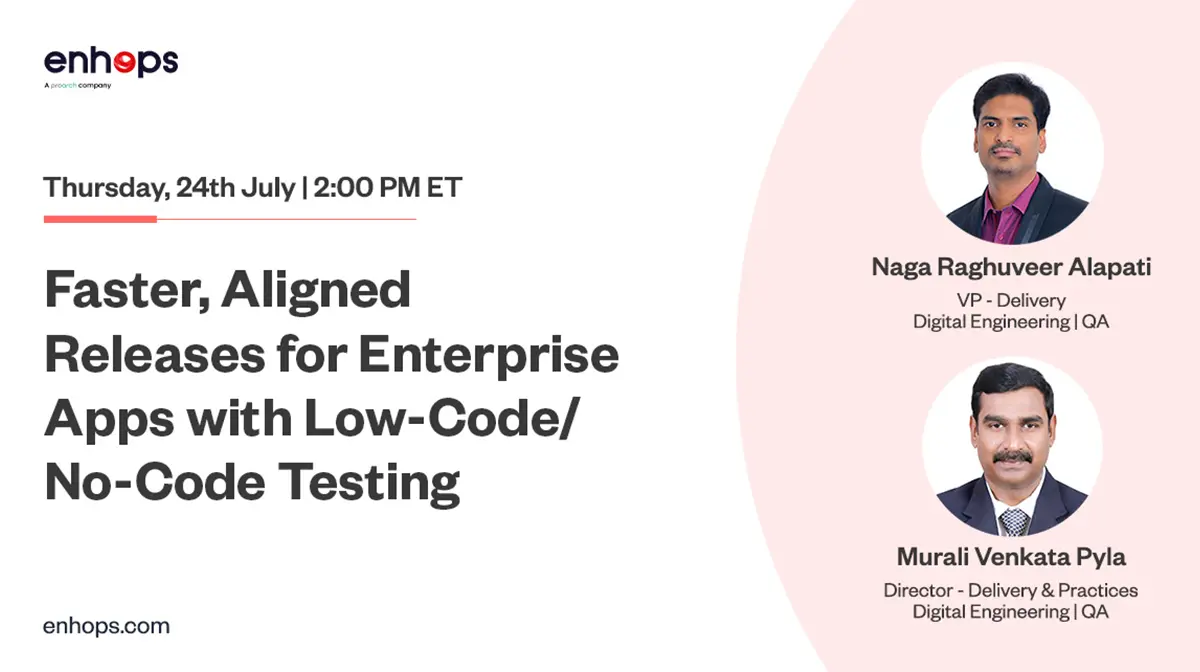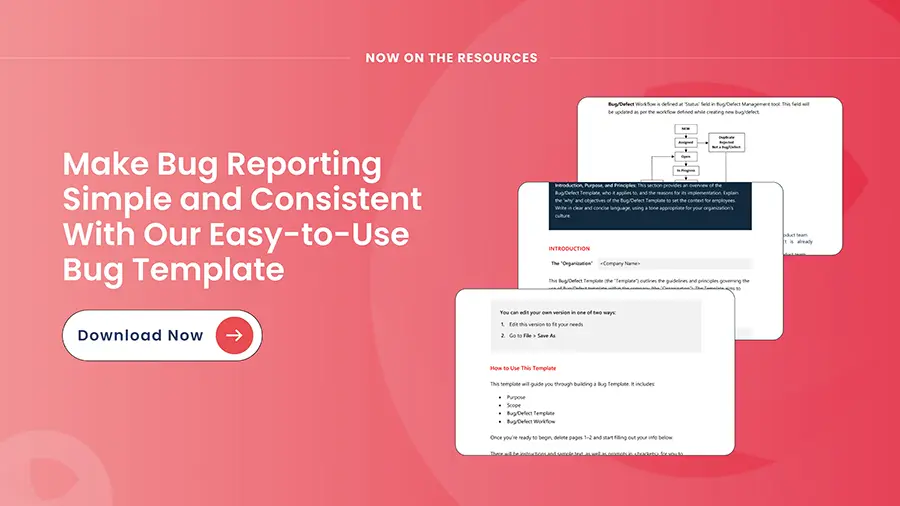With all the noise around AI in testing, it’s easy to lose track of what’s actually working—and what’s not. You may have confusions like – How can we integrate AI into our existing QA workflows beyond just test case generation? What are some additional use cases where AI can add value in QA?
These are valid concerns before adopting AI in Software Testing.
The truth is, AI-driven QA is already transforming the entire testing lifecycle. It can be tailored to your specific use cases. And it can be integrated into existing QA workflows without a major overhaul. AI-driven QA allows teams to move beyond brittle automation and manual rework toward smarter, adaptive releases that improve with every cycle.
So, without any further ado, let’s get into what AI-driven software testing is—and why you need to integrate AI in your QA workflow.
What is AI-Driven QA?
AI-driven QA (Quality Assurance) refers to the use of Artificial Intelligence and Machine Learning technologies to enhance, automate, and optimize software testing processes. Instead of relying solely on manual testing or traditional automation, AI-driven QA brings intelligence into the QA lifecycle to identify defects faster, predict risk areas in code, automatically generate test cases and scripts, and prioritize test coverage based on impact.
Why you need AI-driven QA Now
Here are some of the most pressing reasons—and use-cases—that make AI-driven QA necessary in today’s software landscape:
- Rising Application Complexity & Manual Costs
Modern applications are built across multiple platforms—web, mobile, APIs, micro-frontends—with layers of integration. Writing and maintaining test cases manually for these applications is time-consuming, especially when test maintenance alone consumes around 30% of an SDET’s time. The more complex the app, manual and half-baked QA becomes a bottleneck. - Data-Driven Insights & Continuous Improvement
AI doesn’t just run tests—it learns from them. AI can analyze test runs to detects flaky tests, flags test coverage gaps, and pinpoints failure root causes by correlating outcomes with specific modules, data sets, and change history. This means QA teams can focus their efforts on high-risk areas instead of wasting time on redundant checks. - Coverage Gaps & Risk Mitigation
Manual test designs often miss edge cases, especially under time pressure. AI -driven generation uncovers scenarios you might overlook, reducing production defects and customer impacting bugs. AI can adapt its test generation strategy based on the application —whether you’re in a Greenfield (new development), Brownfield (enhancing existing systems), or Bluefield (modernizing legacy infrastructure) scenario. Each represents a unique QA entry point, and AI can adjust accordingly to deliver faster and focused outcomes. - Test Maintenance Overhead
Traditional test suites often break when locators or UI elements change. AI-powered self-healing adapts scripts in real time by identifying fallback selectors or similar DOM patterns, allowing tests to continue without manual intervention. This cuts down rework time and keeps pipelines stable as the application evolves. - Resource Constraints & Skill Shortages
The demand for test automation engineers outpaces supply. AI enables small QA teams to achieve broader coverage and faster execution without needing to grow headcount. It offloads repetitive work so testers can focus on validation, strategy, and critical analysis. - Speed-to-Market & Continuous Delivery
Agile/DevOps pipelines demand rapid, reliable feedback. AI accelerates test case creation and execution so you can ship features faster without sacrificing quality.
How to Embed AI into Your Current QA Workflow
Adopting AI into your testing strategy doesn’t require a full rebuild. Our experts are suggesting simple steps to integrate AI into your current QA workflow. Start with selecting two or three business-critical user journeys, the workflows that are high risk or frequently touched. Then follow these steps suggested by our inhouse experts:
- Pinpoint Pain Areas
Identify your top five most brittle test cases based on failure rate andd locate bottlenecks in manual test creation that slow down delivery. - Define Clear Goals
Set specific, measurable targets—like reducing test authoring time by 50% or lowering mean time to repair (MTTR) to under one hour. Assign clear ownership across SDET and development leads. - Scope the Pilot
Choose 2–3 critical user journeys—such as UI flows, API chains, or document processes. Prioritize scenarios that balance quick wins with representative coverage. - Capture Current Metrics
Establish baseline data on test coverage, execution time, maintenance hours, and flakiness (failures per 100 runs) to measure AI impact effectively. - Snapshot Existing Suites
Archive your current (pre-AI) test suites. Document any manual workarounds, scripts, or known limitations for comparison. - Success Criteria & Review Cadences
Schedule weekly review checkpoints with stakeholders. Define go/no-go criteria based on clear improvements in baseline metrics.
Business Impact You Can Achieve
Organizations deploying AI in QA are seeing measurable, fast-track outcomes. Here’s what they’re reporting:
- Up to 80% reduction in test design time
Automated generation from user stories or screenshots eliminates manual scripting overhead. - 50–70% faster release cycles
CI/CD pipelines run cleaner with AI-enabled test generation and automated maintenance. - 30% increase in defect detection before production
AI uncovers edge cases, negative scenarios, and hidden logic failures earlier in the cycle. - 60% fewer flaky tests
Vision-based locator healing and smart selectors prevent fragile test failures. - 40% lower MTTR (Mean Time to Repair)
Root cause suggestions and clearer failure diagnostics reduce manual rework time. - Break-even ROI in under 3 months
By cutting authoring and maintenance overhead, most teams recoup their AI-tooling investment within a single quarter - Higher tester productivity and morale
Automating repetitive work lets testers upskill on strategic tasks, driving higher job satisfaction and retention.
Still wondering what AI in QA looks like in action?
Watch our webinar “Roadmap to Integrating AI into Your QA Workflows” to see how it works in real scenarios.
Confidently Shifting to AI-Driven QA
Modern QA is evolving—and Enhops helps you lead that shift with confidence. We bring deep expertise in test automation and quality engineering, helping teams move away from fragmented, manual testing toward smarter, scalable solutions. Our custom frameworks are built to maximize test coverage, reduce rework, and improve release velocity—while staying aligned with your unique application stack.
Taking that foundation forward, our AI-driven Testing Framework offers advanced capabilities like test case generation, prioritization, self-healing AI, impact analysis, and more. It helps teams reduce manual effort, expand test coverage without added workload, faster adaptation to change, and scalable QA—powered by AI as your team’s assistant. Seamless integration with CI/CD tools ensures that teams can scale without disrupting existing workflows. If you’re ready to modernize testing, Enhops makes that shift not just possible, but practical.
Explore how our AI-Driven Testing Framework can transform your QA process.




